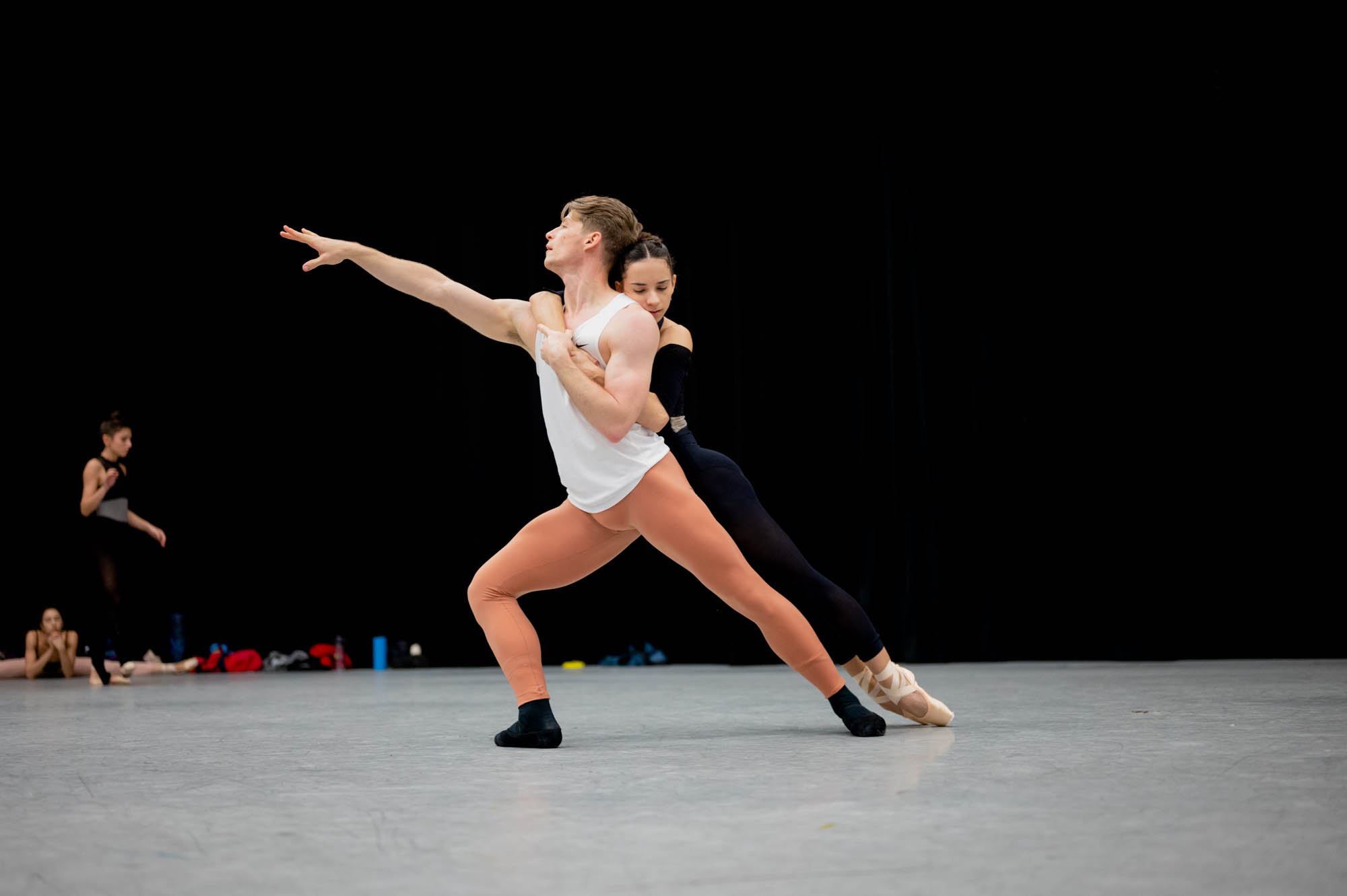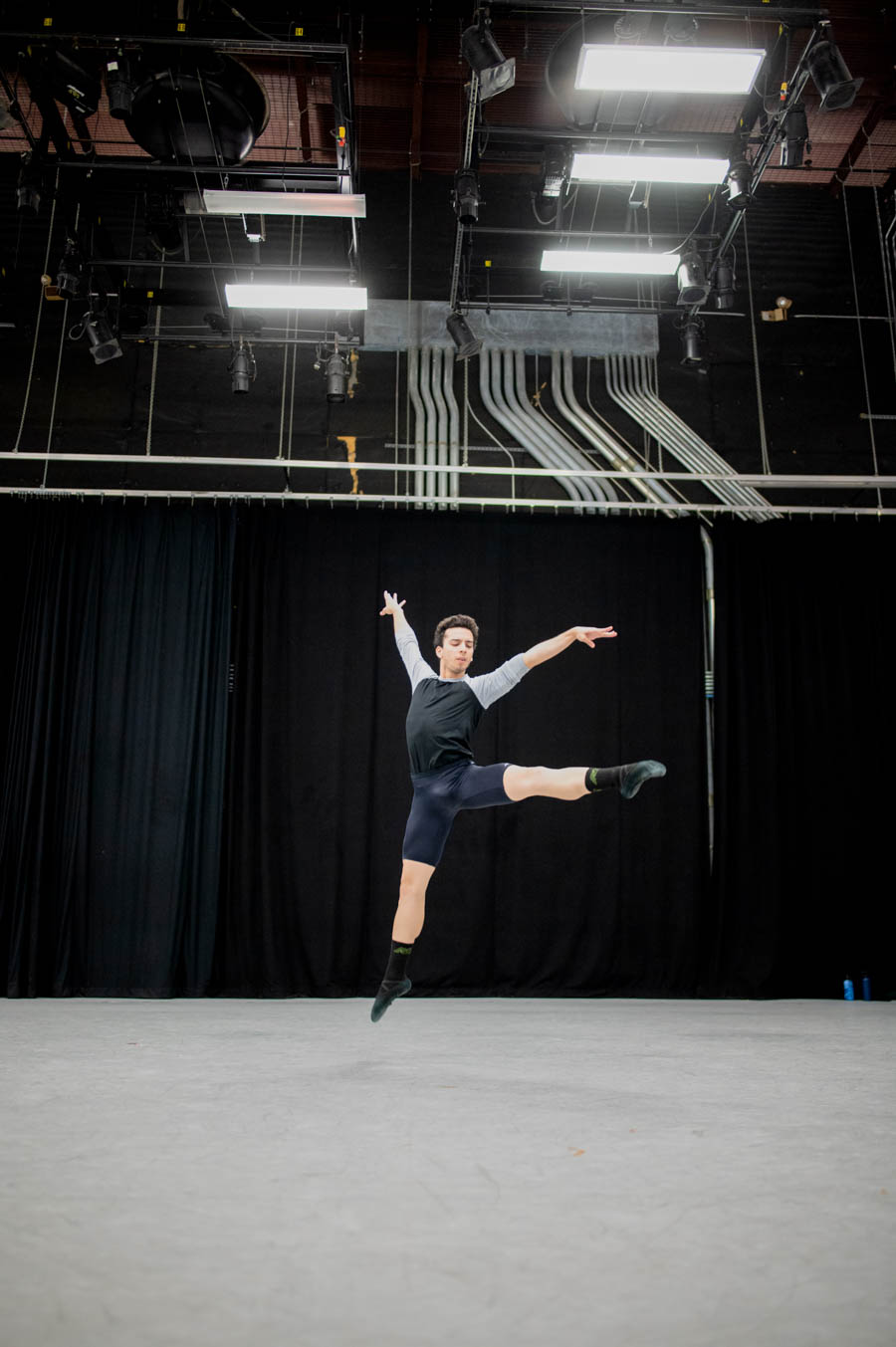“If it wasn’t for Balanchine, I don’t know where we’d be,” says Iain Webb, Director of the Sarasota Ballet. “His great thing was that he didn’t want a dancer who wanted to dance his ballets. He wanted a dancer who needed to dance.” Webb is speaking on the legendary George Balanchine, the Georgian-American ballet choreographer who co-founded the New York City Ballet and is often referred to as the father of American ballet. This spring, the Sarasota Ballet is capping off their final program of the year with the Tribute to Balanchine, which marks the 40th anniversary of the famed choreographer’s passing and features three of Balanchine’s works: Divertimento no. 15, The Four Temperaments and Western Symphony.
“I had originally planned for three different ballets when I discovered the day after we finish the season is the 40th anniversary of his death, so I immediately canceled everything and just focused on paying a tribute to Mr. Balanchine,” says Webb. “And then, how do you really pay a tribute? He’s done hundreds of ballets, some of which are just the greatest works ever – I would’ve loved to do just a whole week of his work, so I thought that this is just a humble tribute to the great figure of American dance.”

What makes Balanchine so unique is that he paved the way for the American ballet that audiences know and love today. A classically-trained dancer, Balanchine ushered in what became known as neoclassical ballet, first with the Ballets Russes in Europe and later on with the New York City Ballet in the United States. The style leaned upon the advanced techniques of 19th century Russian Imperial dancing, while implementing more modern, explosive movements. Neoclassical ballet also shucked the ornate theatrical sets and intricate narratives associated with romanticism. Balanchine became known for his minimalist, plotless ballets that focused more on the dancers themselves rather than the story or stage around them. “Every company in America, every company around the world, wants to have something of his in the repertoire because it’s a real foundation for what we do today,” says Webb.
In the two day span of the program, Webb, who is no stranger to Balanchine himself, had to get creative with his choices. While it can be impossible to characterize Balanchine into one distinct style or sub-genre of ballet, there are certain hallmarks of his career that Webb chose to celebrate. “When he first started off with the Ballets Russes, he was known for these big designs that were very classical works. So I thought Divertimento no. 15 would be great to start with because it’s so beautiful and one of what I call his tutu ballets,” says Webb. “Then of course, he’s renowned for his ballets featuring more stripped-down sets, with dancers wearing black tights, white tops, and white socks, and which the masterpiece Four Temperaments exemplifies. He was so eclectic, he did everything, so I just thought let’s finish with a western with Western Symphony – let’s put the back cloth up, have the guys in cowboy hats and have a real stomping good time to finish a tribute to this great master.” SRQ









